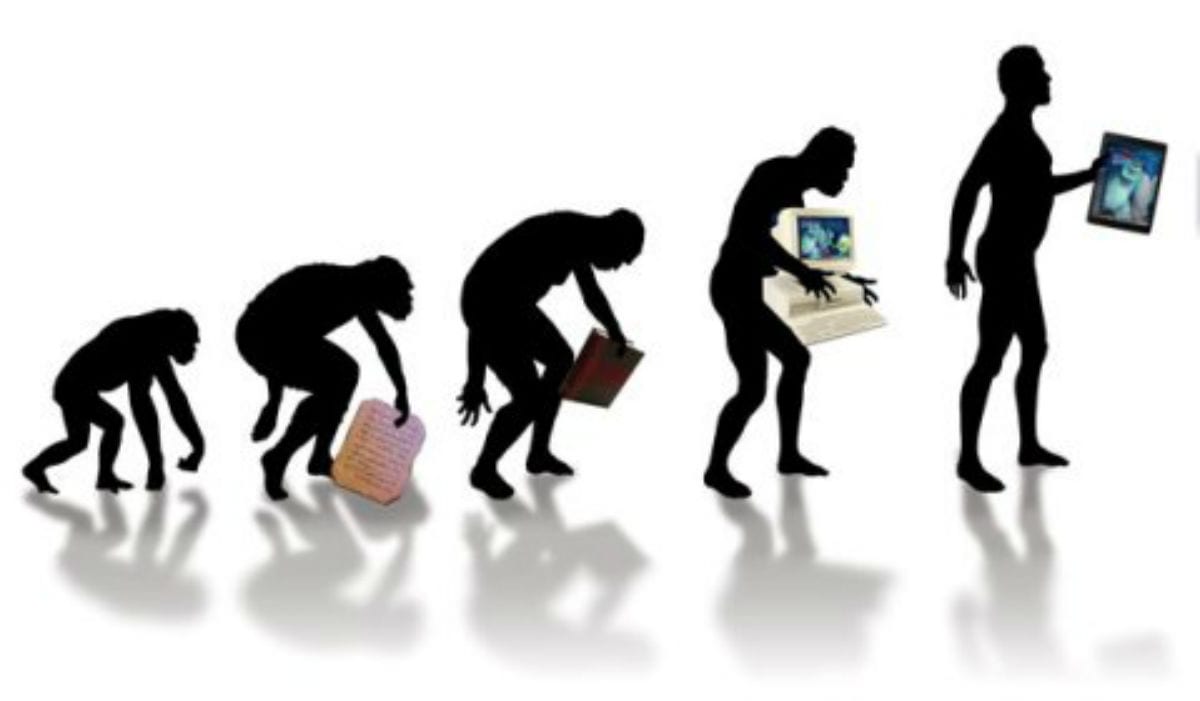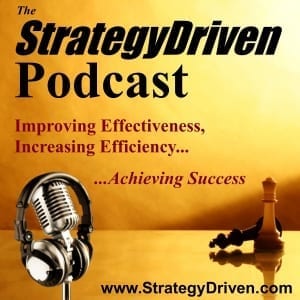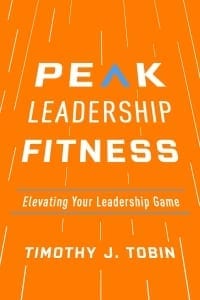Keeping Your Business Human In Today’s Digital World

The downside of all this is that business is starting to lose touch with its human side. Whilst many of us appreciate the convenience of modern technology, many of us still need human interaction both as a customer and an employee. Here are several ways in which you can inject a human element into your business whilst still using digital technology to its advantages.
Don’t over-rely on AI
There are many jobs that artificial intelligence is better at handling than us humans. This includes complex calculation tasks such as accounting and repetitive tasks such as building machinery.
Some tasks however are still performed much better by humans. These are jobs that involve creativity and emotion.
As this article at Harnham delves into, relying on AI for marketing can be damaging. Whilst analytics can uncover useful marketing strategies, there are times when you need to react emotionally to people’s demands.
Similarly, customer service still benefits from a human touch. As this article from Forbes suggests, human chatboxes are becoming a big problem – most customers find them irritating as they’re not able to deviate from their script when asked difficult questions and a lack of empathy towards customers’ frustration can only add to the anger.
As for using AI to help employees, it shouldn’t be used as a tool to replace in-person training. Many employees feel neglected when forced to learn everything via e-learning. Whilst it can be a useful supplement, relying wholly on digital training could demotivate new employees.
Show your face
Whilst the internet has helped to connect people, there are times when it can form a barrier. Long conversations with strangers can be had via chains of email, whilst we can buy products online without ever having to talk to a person. However, as this article at QuickBooks suggests, face-to-face interaction is still something we need in business to build trust.
In-person physical meetings may be the best way to do this, but they’re not always possible. Fortunately, there are ways to use technology to still show your face. Video communication tools can help to replace in-person meetings allowing you to still have a face-to-face meeting digitally. Meanwhile, it could be worth sharing photos of you and your staff on your website to help develop a human connection (you can even embed a video of you introducing yourself to clients).
Be playful with tech
Another way to stay human when using digital technology is to use this technology beyond it’s purely functional form. Many of are engaged by technology when it is used as a toy and many businesses have started to embrace this. Examples include Ikea’s use of AR to allow users to see what an item of furniture would look like in their home or Pizza Express’s delivery app that allows users to play a video game whilst they wait. Some may view this as gimmicks, but it can actually be a way of appealing to customers with technology whilst also showing a human appreciation for fun.
StrategyDriven Marketing and Sales Management Article | Digital Technology| Keeping Your Business Human In Today’s Digital World

 StrategyDriven Podcasts focus on the tools and techniques executives and managers can use to improve their organization’s alignment and accountability to ultimately achieve superior results. These podcasts elaborate on the best practice and warning flag articles on the StrategyDriven website.
StrategyDriven Podcasts focus on the tools and techniques executives and managers can use to improve their organization’s alignment and accountability to ultimately achieve superior results. These podcasts elaborate on the best practice and warning flag articles on the StrategyDriven website.
 Sharon Drew Morgen is a New York Times bestselling author and developer of a change management model based on buy-in that she’s written about in her latest book
Sharon Drew Morgen is a New York Times bestselling author and developer of a change management model based on buy-in that she’s written about in her latest book  As a leader, there are multiple competing demands on your time. Too often, leadership development falls by the wayside. It’s too easy to file that under ‘get to it later.’ Yet, most leaders expect results.
As a leader, there are multiple competing demands on your time. Too often, leadership development falls by the wayside. It’s too easy to file that under ‘get to it later.’ Yet, most leaders expect results. Timothy J. Tobin, author of Peak Leadership Fitness: Elevating Your Leadership Game, a learning and leadership development professional committed to helping individuals and organizations reach their greatest potential. He is currently vice president, franchisee onboarding and learning at Choice Hotels International, where he oversees the hotel opening processes and learning strategy and programs for all franchisees.
Timothy J. Tobin, author of Peak Leadership Fitness: Elevating Your Leadership Game, a learning and leadership development professional committed to helping individuals and organizations reach their greatest potential. He is currently vice president, franchisee onboarding and learning at Choice Hotels International, where he oversees the hotel opening processes and learning strategy and programs for all franchisees.